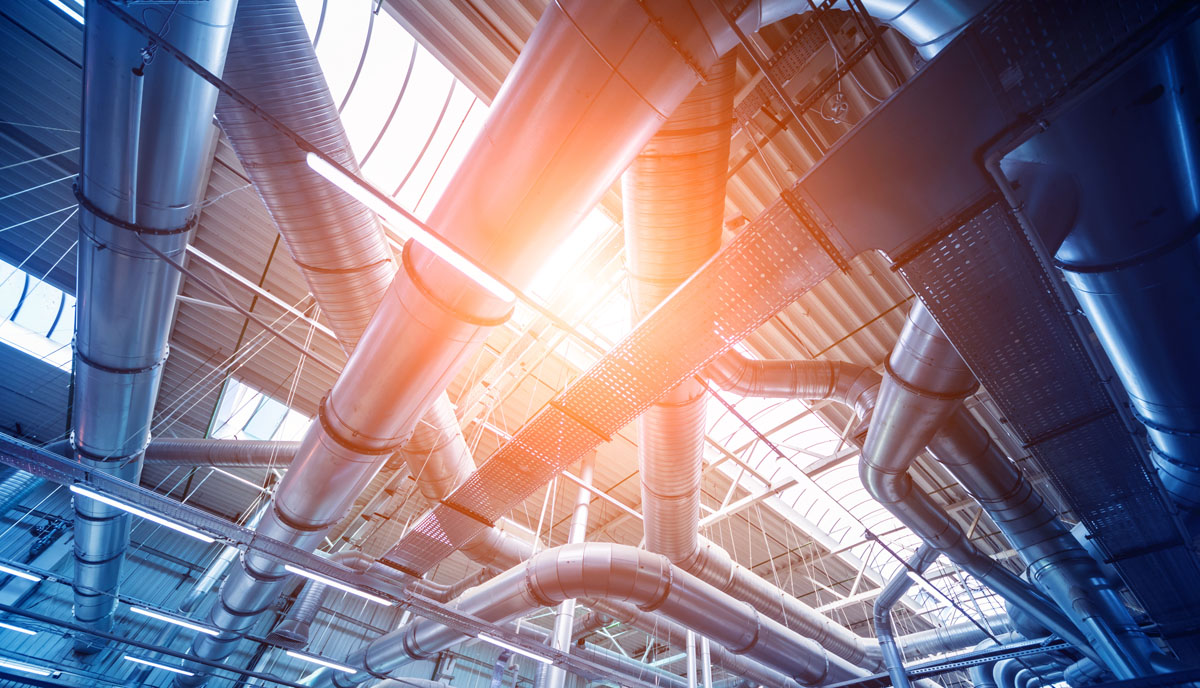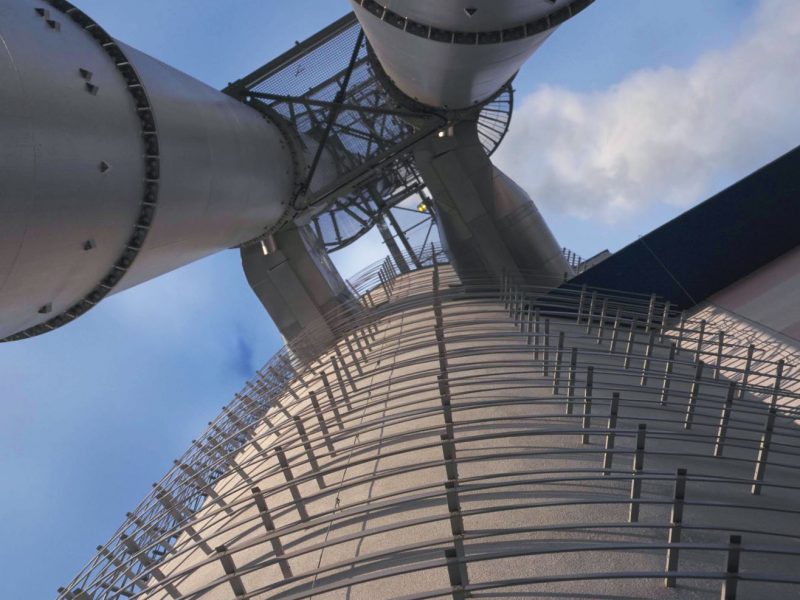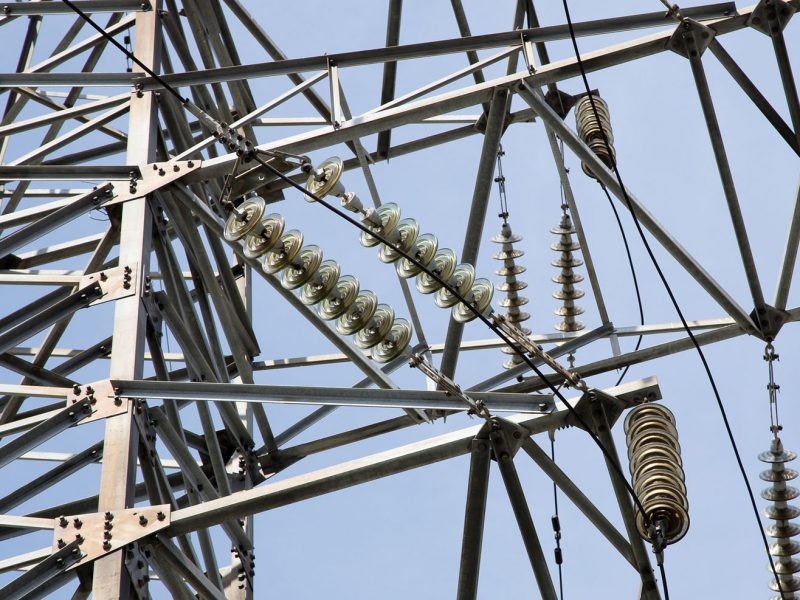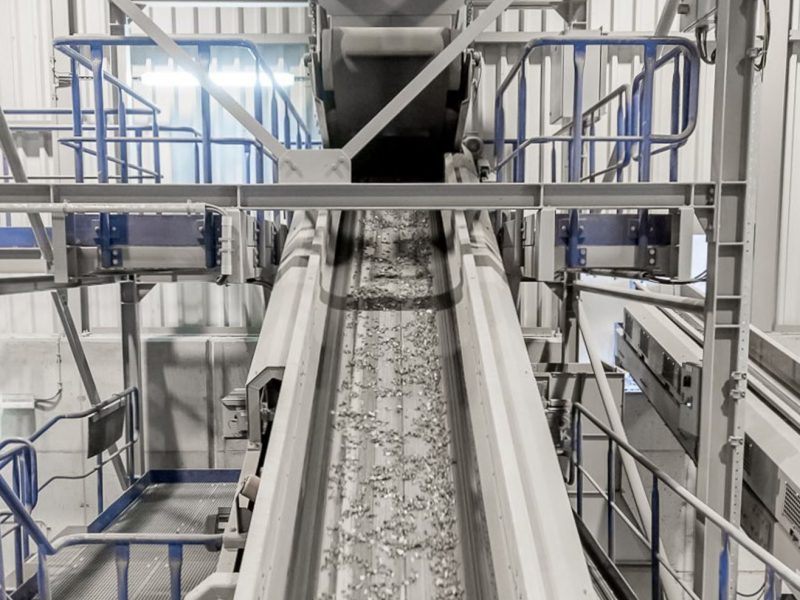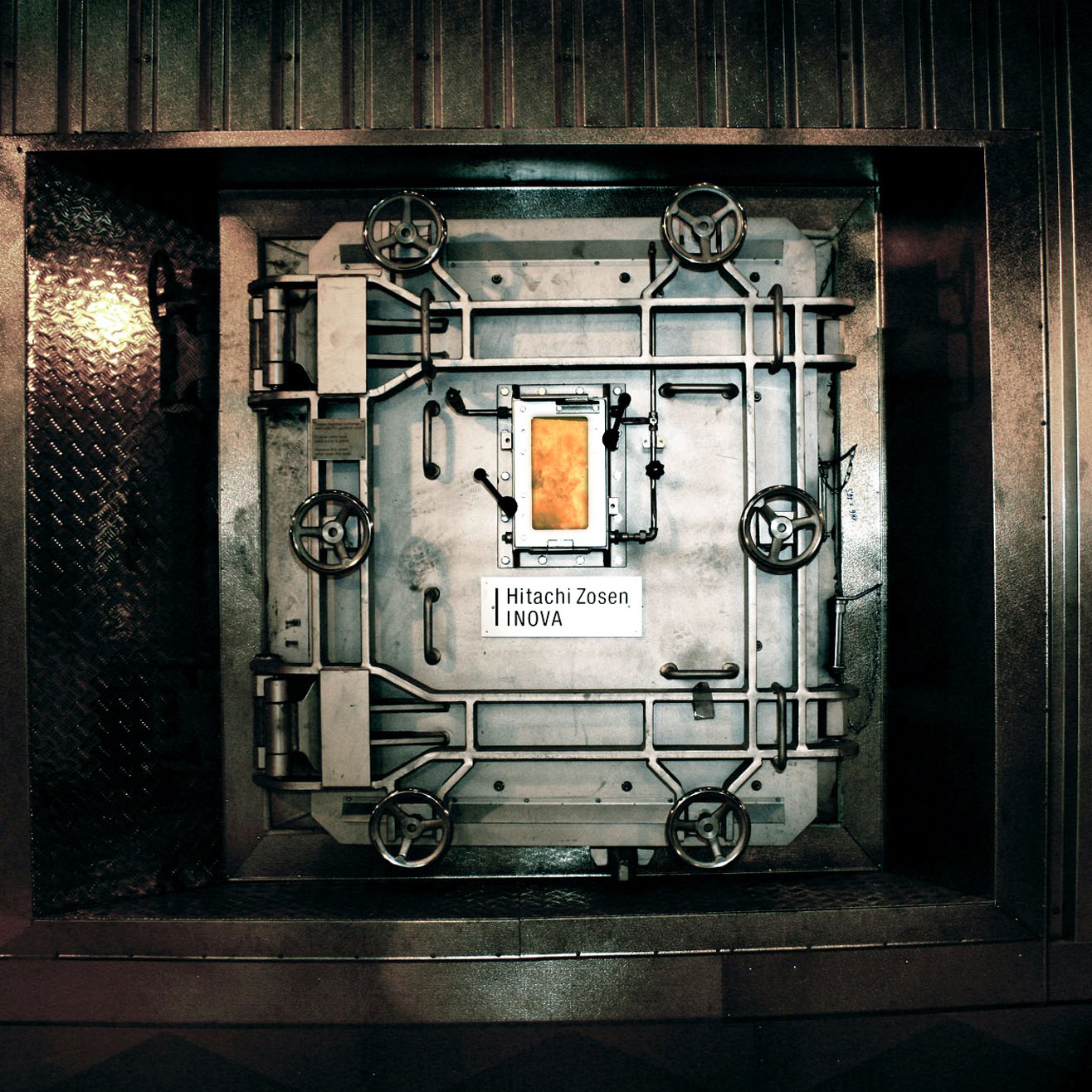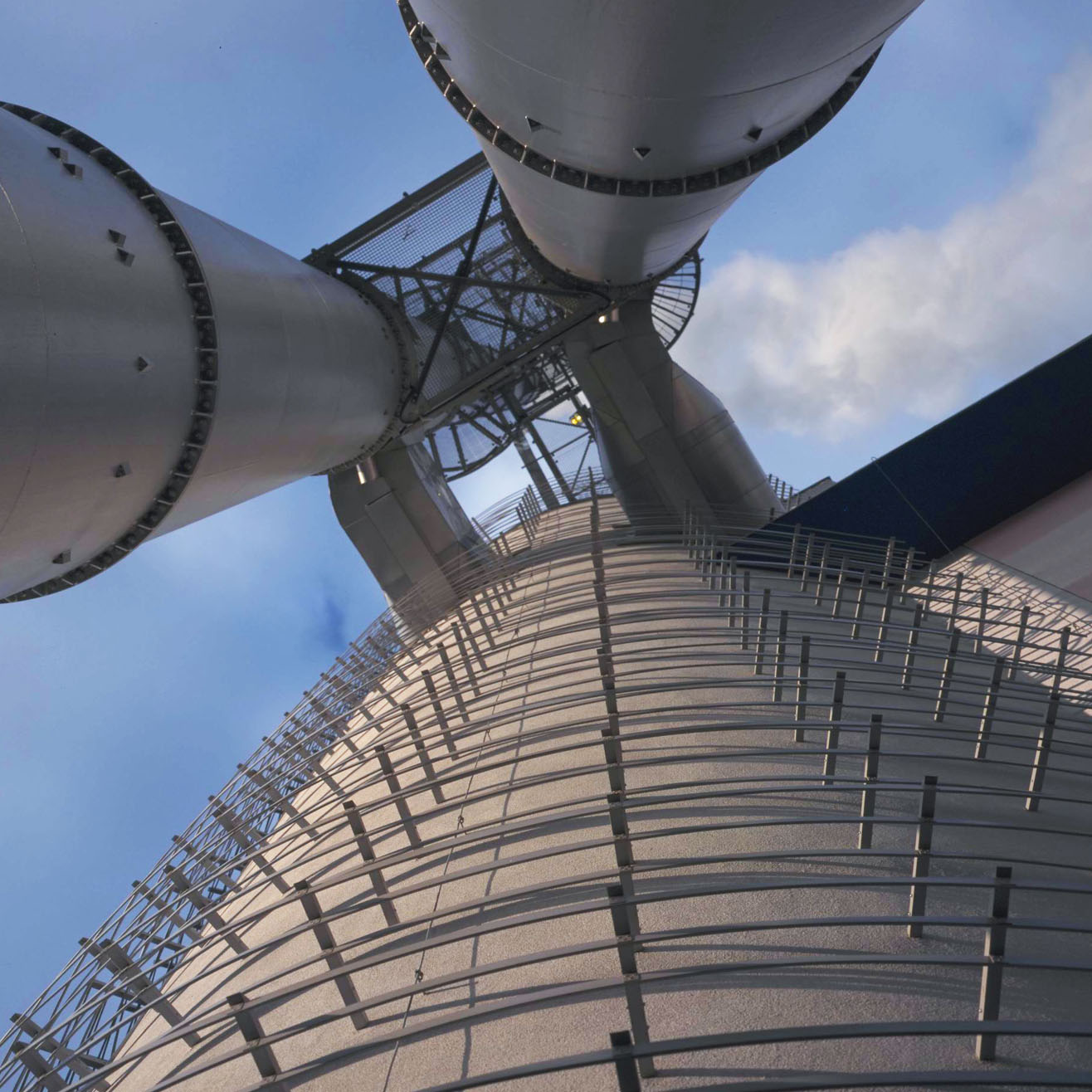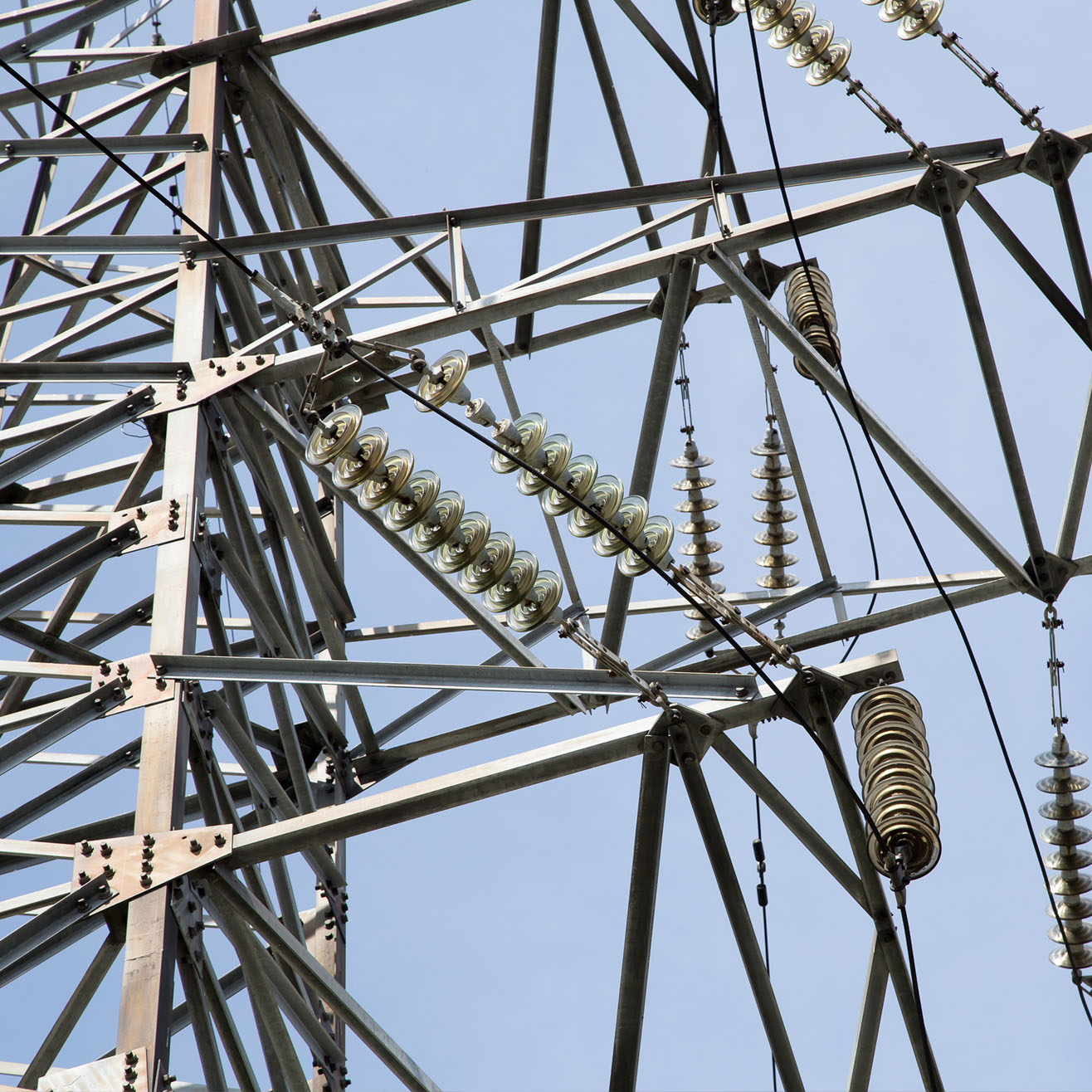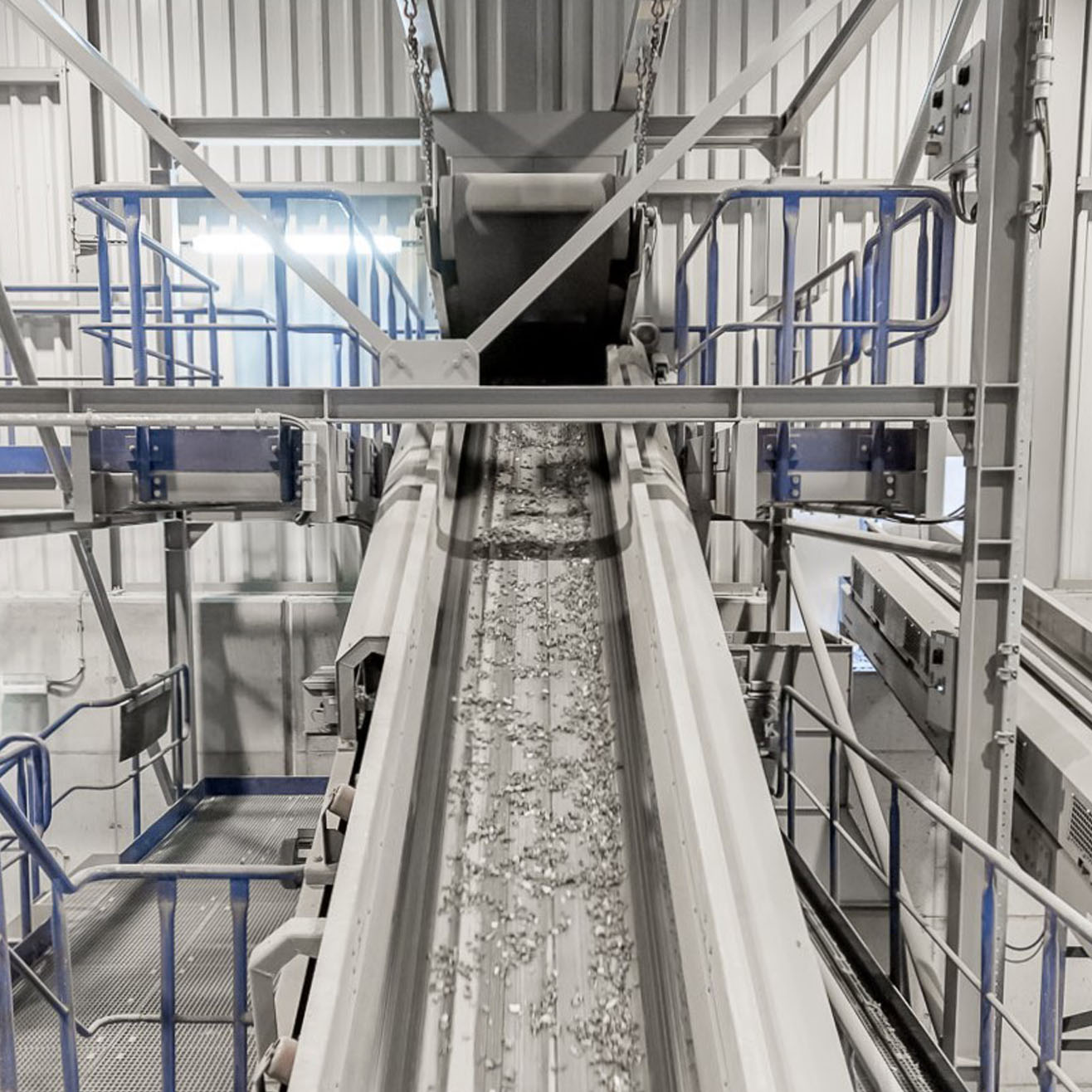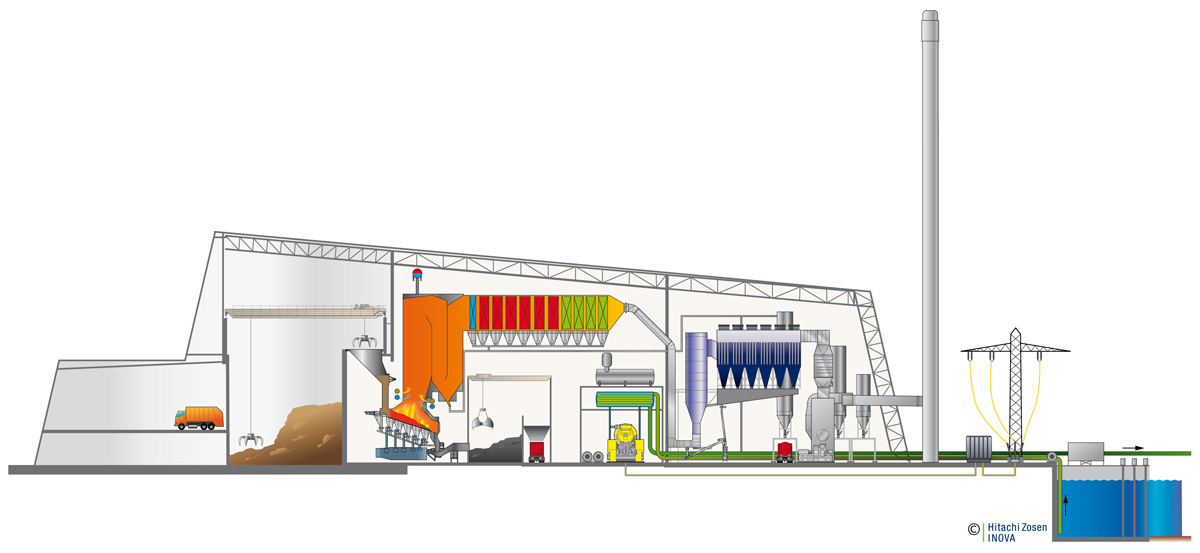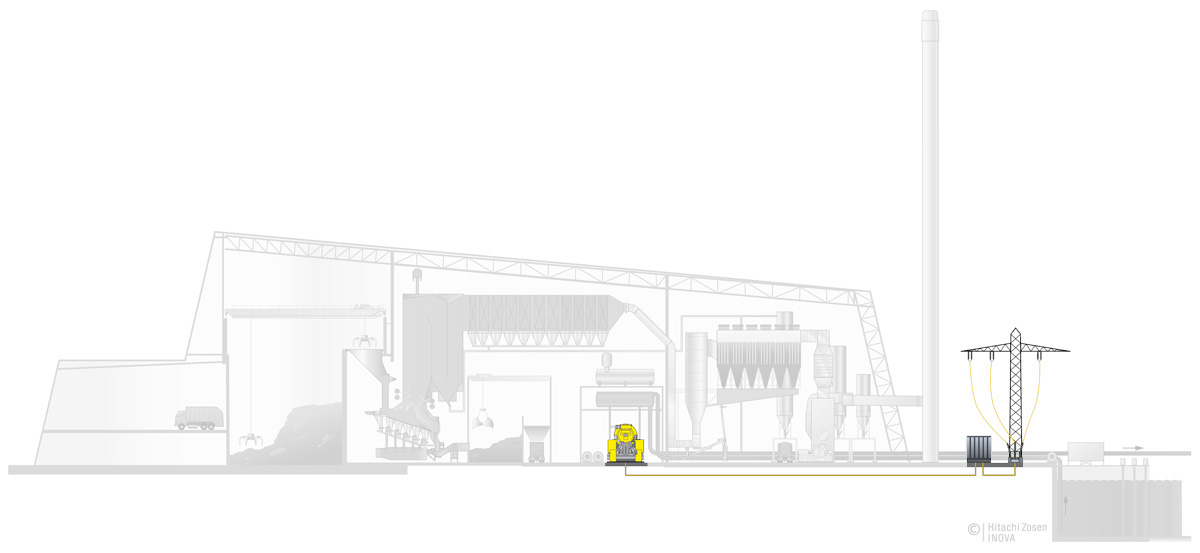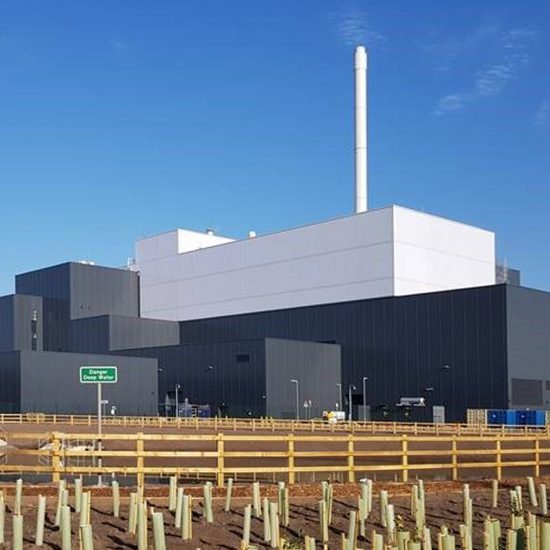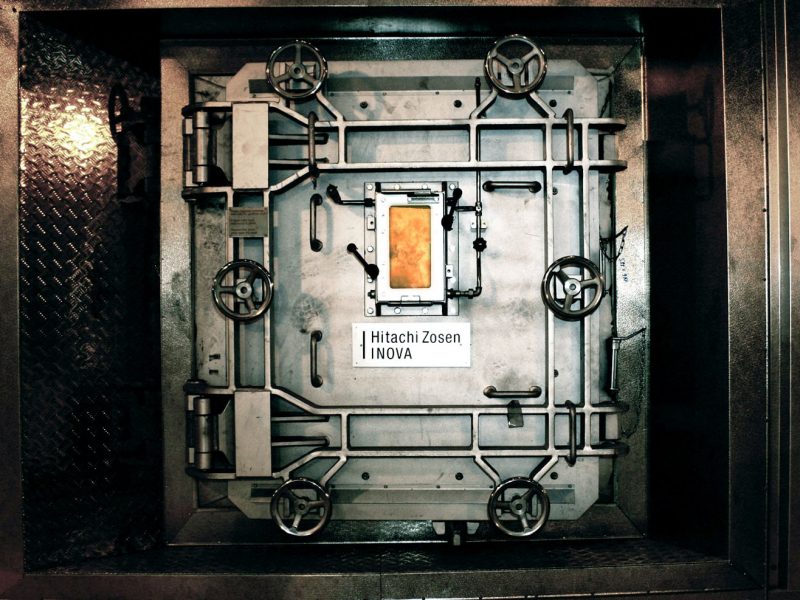
Economical, Reliable and Efficient
Recovering the energy content of waste is a key component of WtE technology. Since the process is largely renewable and involves only a low level of emissions, it also helps significantly reduce greenhouse gases. The energy extracted is used in the way most appropriate to the client’s needs and the local infrastructure. Here we distinguish between four basic approaches: pure electric power generation, pure heat generation, combined heat and power (or cogeneration), and trigeneration (power, heat and cooling, or combined cold and power). If the electricity generated is additionally used to upgrade gas (power to gas), Waste to Energy can go even further to helping achieve ambitious climate targets as part of an integrated energy approach. By combining different systems and using additional heat exchange components in flue gas treatment, we are able to recover up to 99% of the Waste to Energy by means of thermal treatment. In doing so we benefit from the fact that our plants are intelligently designed on a modular basis and can be individually adapted to the wishes of the client and the infrastructure of each particular site.
Electric Power
Proven and Reliable Baseload Power
The power plant concept is proven, reliable and easy to operate. Superheated steam from the waste treatment plant drives a steam turbine connected to a generator. A small portion of the electric power produced by the generator is used for the plant itself, allowing it to run self-sufficiently. The rest can either be fed into a public grid or used by other industrial facilities on site, for example power-to-gas (gas upgrading), power-to-water (desalination) or other applications. The overall net efficiency of a plant producing only electric power is around 35%.
References: Ferrybridge I, Ferrybridge II, Edinburgh, Herefordshire, Severnside, Buckinghamshire, Cleveland, Newhaven

Heat
Reliable, Steady Source of Heat
Plants can be made especially efficient and economical by using the energy contained in waste to generate district heat, process heat or hot water. There is no need for high-investment, high-maintenance power generation equipment such as turbines. The boiler can be made smaller and more compact, additionally reducing the investment and the space required. Depending on the situation on site, the heat can either be fed into a district heating network or made available for industrial applications in the form of process steam or hot water. A design with full redundancy assures a safe and reliable supply of heat and energy around the clock and throughout the year, with the customer’s mass flow rate, temperature and pressure requirements met dependably at all times. This WtE approach offers the best value for money in situations where consistently high volumes of heat are required all year round, with plants delivering efficiency of up to 90%. By using additional heat exchange systems in the flue gas treatment unit, the net efficiency of the overall system can be increased even further, up to 99%. There is no doubt that the heat generation component of WtE plants will gain even greater importance, especially in countries that have set up well-used district heat networks and intend to move over from coal-fired power plants to renewable energy. Here, WtE closes a gap in heat generation resulting from the energy transition.
References: Trondheim (hot water), Bamberg 1-3 (hot water), Uppsala (steam, hot water), Corn Plus Winnebago (steam), Nuremberg L1-L3 (steam)
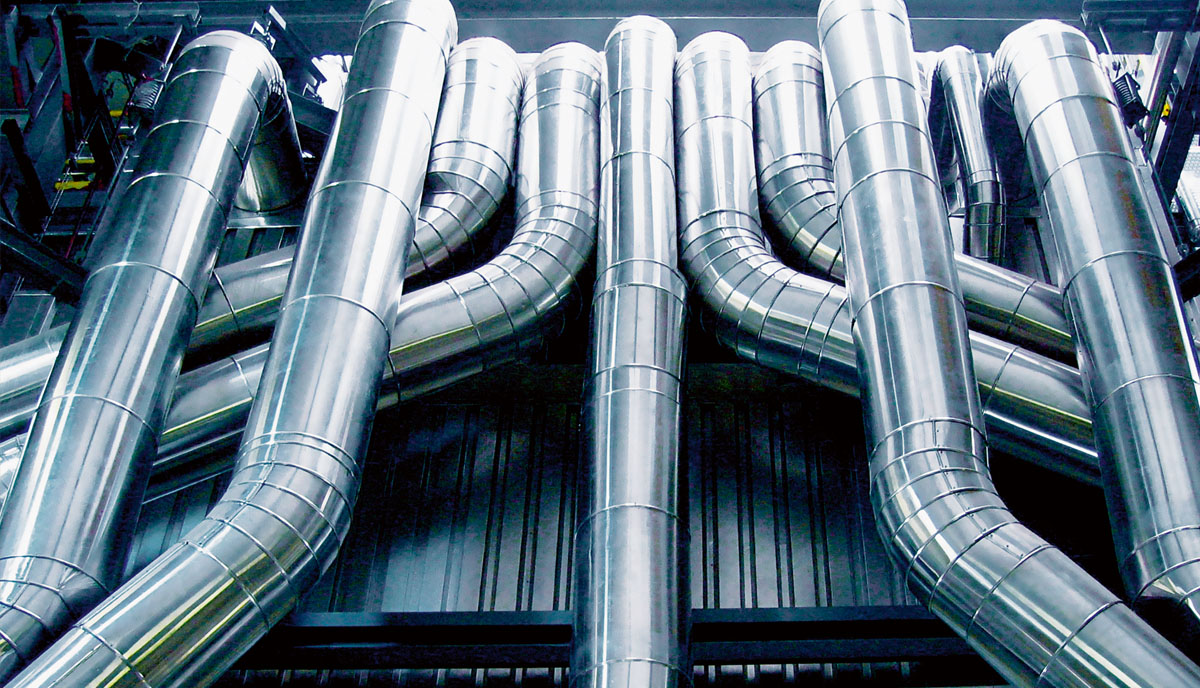
Combined Heat and Power
For District Heating and Industrial Facilities
Waste to Energy in the form of combined heat and power involves cogenerating electric power and heat. The process is ideal where the available infrastructure means it makes sense to use heat and simultaneously generate electricity. While extracting heat reduces the maximum amount of electricity it’s possible to generate, it significantly increases the overall energy efficiency of the plant. Depending on the situation on site, the plant can feed heat into a district heat network or use it to generate process steam or hot water at higher temperatures, with the mass flow rate, temperature and pressure requirements of those using the heat met dependably at all times. If heat is only required in the winter months, the flexible design of these waste treatment plants allows heat generation to be reduced and power generation to be increased accordingly. At maximum heat extraction, such plants run at a net efficiency of between 70% and 90%, and if additional heat exchange systems are used in the flue gas treatment unit, this figure can even be boosted to 99%. Thanks to the highly modular connectivity of the system overall, in such cases the WtE plant can be optimised even further, for example by using the additional energy recovered to preheat the primary air for the combustion chamber.
References: Vaasa (electricity, district heat), Dublin (electricity, district heat), Posen (electricity, district heat), Oslo (electricity, district heat), Bergen (electricity, district heat), Witzenhausen (electricity, steam)

Trigeneration (Combined Cold and Power)
Reliable Cooling
In countries where air conditioning is required rather than heating, combined cold and power enables heat generated to be used to produce cold via an adsorption chiller. Superheated steam from the boiler drives a steam turbine connected to a generator that produces electricity. Part of the steam is extracted from the turbine at higher pressure. It drives an adsorption chiller that converts the heat into cold water. A design with full redundancy assures a safe and reliable supply of cold around the clock and throughout the year. The chilled water produced can be fed into an existing district cooling network, with the mass flow rate, temperature and pressure requirements of cooling network operators met dependably at all times. The process can also be used to generate cooling water for the plant’s own purposes, for example to cool the boiler house in hot countries. In principle, trigeneration plants can also switch from generating cold to heat as needed, with the volume of extracted steam required for cooling varied according to demand. It is also possible to boost the maximum efficiency of trigeneration plants to up to 99% by using heat exchange systems in the flue gas treatment unit.
References: Uppsala
